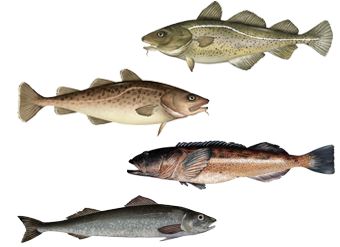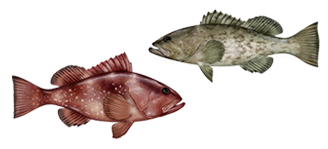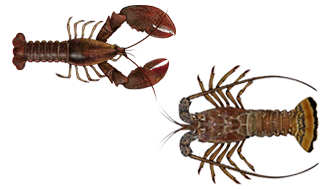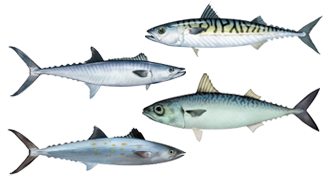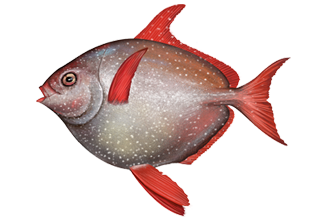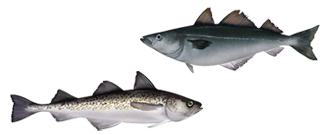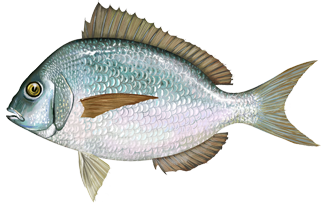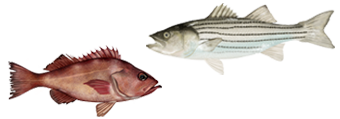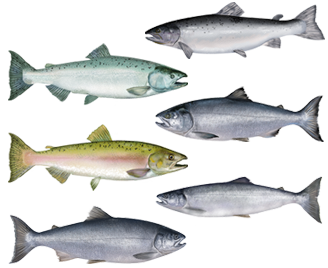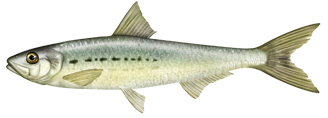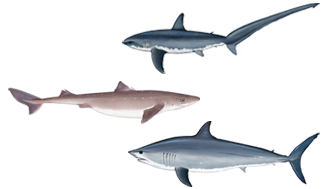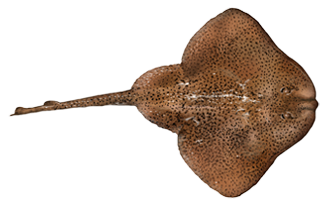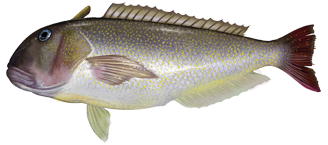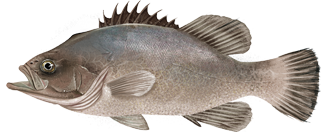Outside the U.S.
World capture fisheries production reached a plateau in the mid 1980’s, and even with improved fishery management, it is not likely to significantly increase. Meanwhile, seafood demand has risen significantly. To meet this increased demand, worldwide aquaculture production has grown annually by 8.3 percent since 1970, making it the fastest growing form of food production in the world. Currently about half of the world’s seafood comes from aquaculture, and this percentage is projected to increase. Many countries are developing regulatory systems for aquaculture and investing heavily in sustainable aquaculture research and development to provide seafood and create economic opportunities for coastal communities.
Asia dominates global aquaculture production, accounting for 89 percent of global production. China alone accounts for 62 percent of global aquaculture production. Aquaculture production in the United States has not kept pace with production increases in other parts of the world. The United States now ranks 13th in total aquaculture production behind China, India, Vietnam, Indonesia, Thailand, Bangladesh, Norway, Chile, the Philippines, Japan, Egypt, and Myanmar.
What Farmed Seafood do we Import?
The United States imports 86 percent of its seafood, about half of which is from aquaculture. This results in a large and growing annual seafood trade deficit of more than $10.4 billion. Most aquaculture imports are shrimp, followed by Atlantic salmon, tilapia, and shellfish (scallops, mussels, clams, and oysters).
Where Does It Come From?
Most of the seafood products below are farm-raised. However, some is from wild harvest, and our current trade statistics do not allow us to break down how much comes from each source.
- Asian countries and Ecuador supply most of the shrimp to the U.S. market.
- Canada, Norway, and Chile supply most of the imported Atlantic salmon.
- China supplies most of the imported tilapia on the market, followed by Indonesia, Ecuador, and Honduras.
- Scallops are mainly imported from China, followed by Canada, Mexico, Japan, Argentina, and the Philippines.
- Canada, New Zealand, and Chile supply the majority of imported mussels in our market.
- Asian countries and Canada supply most of the imported clams to the U.S. market.
- Oysters are mainly imported from China, South Korea, and Canada.
How Is It Regulated?
Regulation of aquaculture operations varies widely by species, farming system, and country. The U.S. Food and Drug Administration (FDA)  is responsible for ensuring that seafood imports are safe for U.S. consumers. NOAA’s Seafood Inspection Program works closely with the FDA on this effort, offering a variety services that assure compliance with all applicable food regulations, including audits of seafood processing plants, product inspection, and training.
is responsible for ensuring that seafood imports are safe for U.S. consumers. NOAA’s Seafood Inspection Program works closely with the FDA on this effort, offering a variety services that assure compliance with all applicable food regulations, including audits of seafood processing plants, product inspection, and training.






